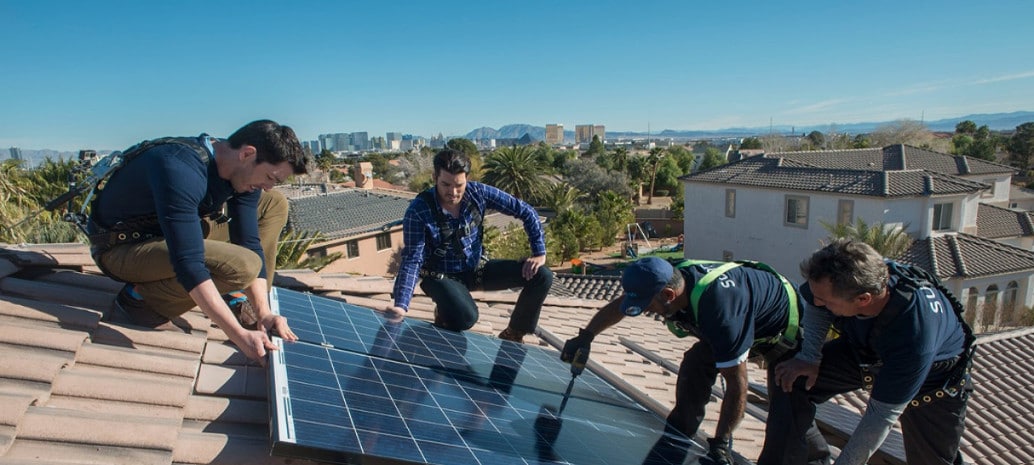Something’s happening here. What it is ain’t exactly clear – but it may become clearer as the year progresses.
Last week, a group calling itself Nevadans for A Clean Energy Future filed language with the state’s Secretary of State that would require the state to amend its constitution to require the state’s utilities to procure 50% of their electricity from renewable sources by 2030.
Voters would have to approve the measure twice – once in November and again in 2020 – before it would take effect. If Nevada voters do approve the measure, the scheduled increases would occur on the following schedule:
- 26% in 2022;
- 34% in 2024;
- 42% in 2027; and
- 50% by 2030 and beyond.
The state’s current renewable portfolio standard (RPS) is 25% by 2025, and due to the success of large-scale solar the state has made progress in meeting that goal, as one of only three states to get more than 10% of its electricity from solar in the first nine months of 2017.
Nevada’s solar industry has been ping-ponging between support and opposition for the solar industry since December 2015, when the state’s Public Utilities Commission abruptly ended net metering, which compensates solar users for the excess electricity they export back to the grid. It caused several national solar installers to pull out of the state and set off a firestorm of criticism from the state’s rooftop solar industry, which cratered in response.
Last year, Governor Brian Sandoval restored net metering in the state to the loud applause of solar advocates inside and outside the state – which largely drowned out the sound of Sandoval’s veto pen snuffing out AB 206, which would have increased the state’s renewable energy mandate from its current 25% by 2025 to 40% by 2030. It would have been the 8th-most ambitious RPS of any state, and would have provided additional incentives to energy storage.
At the funeral for the RPS bill, Sandoval also murdered a bill that would have created a community solar program in the state.
Nevada isn’t the only state trying to increase its renewable energy requirements for utilities, however. A similar – if less ambitious – ballot initiative is also under consideration in Michigan.
At least at a scan level, the websites for both initiatives are similar in layout, information and language. Though there is no explicit connection between the two groups, the similarity in websites may not be a coincidence.
Recently, progressive billionaire Tom Steyer, who is famous for supporting causes like renewable energy proliferation and immigration reform, among others, came out publicly as a supporter of the Nevada initiative, and reports out of Michigan link their ballot initiative to Steyer as well.
This content is protected by copyright and may not be reused. If you want to cooperate with us and would like to reuse some of our content, please contact: editors@pv-magazine.com.








By submitting this form you agree to pv magazine using your data for the purposes of publishing your comment.
Your personal data will only be disclosed or otherwise transmitted to third parties for the purposes of spam filtering or if this is necessary for technical maintenance of the website. Any other transfer to third parties will not take place unless this is justified on the basis of applicable data protection regulations or if pv magazine is legally obliged to do so.
You may revoke this consent at any time with effect for the future, in which case your personal data will be deleted immediately. Otherwise, your data will be deleted if pv magazine has processed your request or the purpose of data storage is fulfilled.
Further information on data privacy can be found in our Data Protection Policy.